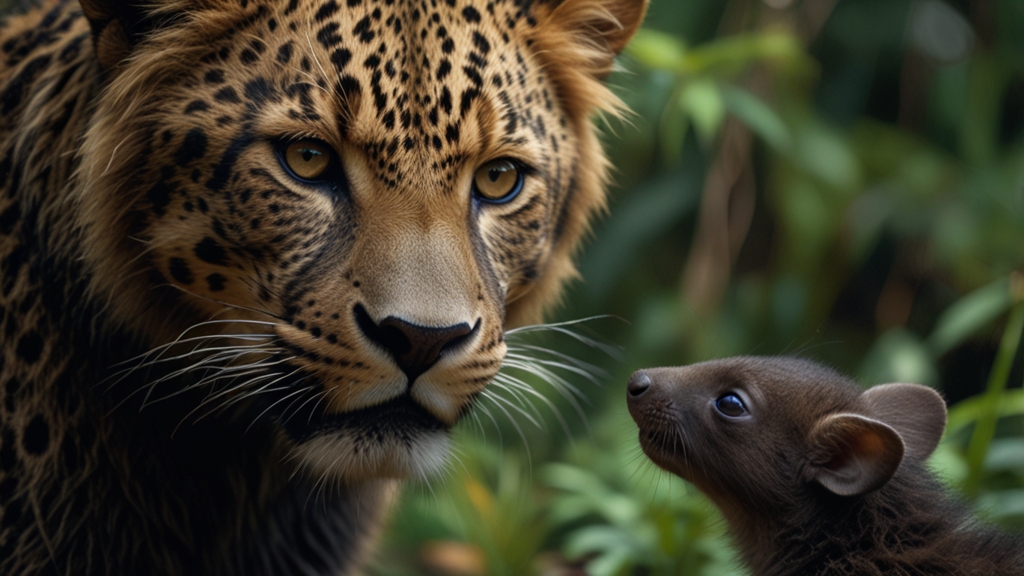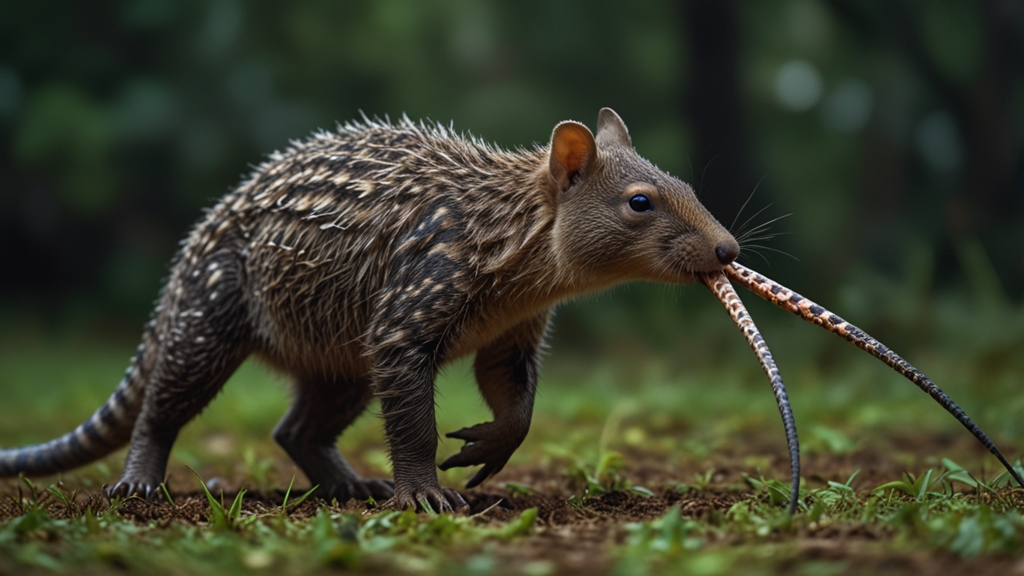Nature's Nurturers: How Mammals Care for Their Young
Mammals, known for their complex and nurturing behaviors, exhibit some of the most intricate parental care strategies in the animal kingdom. From the moment of birth, mammalian parents engage in a variety of activities to ensure the survival and well-being of their offspring. This article delves into the diverse ways in which different mammal species care for their young, exploring their nurturing behaviors and the evolutionary significance behind them.
Nursing: The Quintessential Mammalian Trait
One defining characteristic of all mammals is their ability to produce milk. This nutritious, easily digestible food source is essential for the growth and development of newborns. Nursing provides not only sustenance but also essential antibodies that bolster the young's immune system. For instance, the bond formed during nursing between mothers and their young is crucial for emotional and social development, as well as for teaching the young about their environment.
"The act of nursing is much more than feeding; it's a powerful mechanism for forging an unbreakable bond and transferring critical survival skills." - Dr. Jane Goodall
Parental Investment: Beyond Basic Needs
In mammals, parental care often extends well beyond the simple provision of food. Many species exhibit prolonged periods of dependency, during which the young learn complex social and survival skills. For example, elephants are known for their extended maternal care. Calves are nurtured in a social structure where not only the mother but aunts and older siblings, often referred to as allomothers, play a significant role in raising them. This communal caregiving ensures calves are well-protected and socialized, learning essential skills for life in the herd.
"Elephants have a matriarchal society where wisdom and experience are passed down through generations, ensuring the survival and well-being of the herd." - National Geographic
Protection and Shelter: Safeguarding the Vulnerable
Mammalian young are typically born in a vulnerable state, requiring substantial protection and shelter. Many mammalian mothers go to great lengths to provide a safe environment. Female bears, for instance, give birth in dens and remain there throughout the winter, nursing and protecting their cubs from external threats. Similarly, kangaroo mothers have a specialized pouch where their underdeveloped joeys continue to grow and develop, safe from predators and environmental dangers.
Teaching and Socialization: The Role of Play
One of the lesser-known but equally important aspects of mammalian caregiving is the role of play in teaching and socialization. Play activities are not just recreational; they are critical for developing physical skills, social bonds, and hierarchical structures within groups. For instance, lion cubs engage in mock battles, honing their hunting skills and learning social cues. Through play, these young mammals acquire the skills they will need to survive and thrive in their environment.
Conclusion: The Evolutionary Significance of Mammalian Care
The intricate care behaviors exhibited by mammals reveal the evolutionary strategies that have allowed these species to thrive. By ensuring their young are well-fed, protected, and socialized, mammalian parents not only guarantee the survival of their offspring but also the continuation of their species. The diverse and adaptive caregiving strategies across different mammalian species showcase nature's remarkable ability to nurture and sustain life.
"The depth and diversity of parental care among mammals underscore the extraordinary lengths to which these animals go to ensure the success and survival of their descendants." - Dr. David Attenborough













